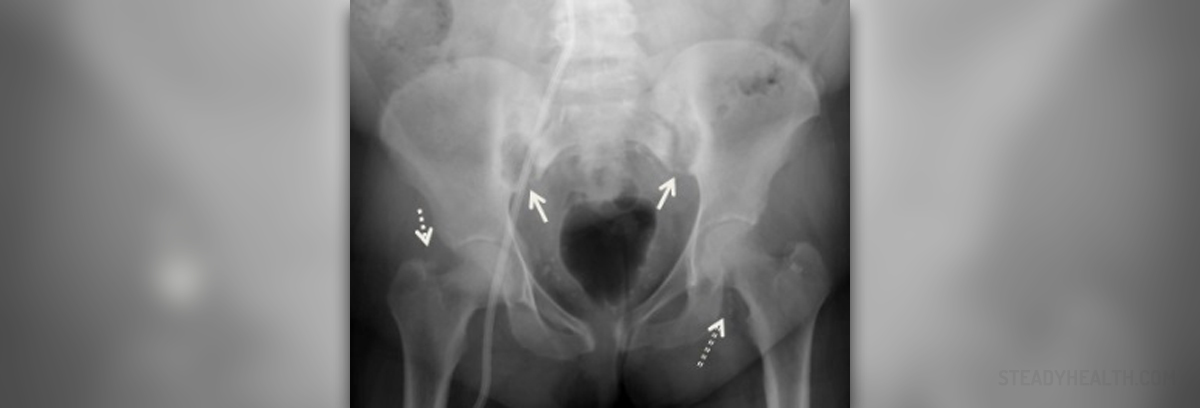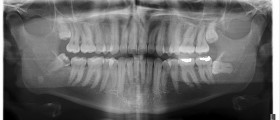
There are not a lot of people in the world who have never heard of Sacroiliac joint dysfunction or do not know what it is. However, there are people who are not aware of what this joint dysfunction actually is and they should know that it is a medical condition where the joint is locked, partially dislocated or even subluxated in a certain position which is not anatomically correct and occurs because of either hypermobility or hypomobility within the joint.
Definition of Sacroiliac Joint Dysfunction The main characteristics of this medical condition are pain which is low and gluteal. Apart from that particular pain, a person is highly likely to experience pain in the leg, groin and hip. The amount of pain that people will experience is not always the same and it varies from person to person. Some people may experience pain and discomfort from time to time and that pain will not allow them to perform certain activities. On the other hand, the pain may be constant and severe. Even though in most cases it is just one joint that is affected, people should know that it is not that uncommon for both joints to be affected. An interesting thing is that a lot of people make the mistake of overlooking the sacroiliac joints as causes of lower back pain.
Just like any other health condition, sacroiliac joint dysfunction should be treated as soon as it occurs as well. Due to that fact, people should learn as much as they can about the signs and symptoms. Pain is the most common sign of this condition but people should pay more attention when the pain is present in lower back, buttocks, groin and hip or when a person is experiencing sciatic leg pain. Apart from the pain, people need to pay more attention to urinary frequency and the feelings of numbness, prickling or tingling. The pain that people experience is not always the same and it can vary from dull and aching pain to sharp and stabbing. The pain is also known to get worse as people perform certain physical activities. A person can suspect that he or she is suffering from sacroiliac joint dysfunction if any of these symptoms become worse when he or she is in prolonged positions such as sitting or standing. Women tend to experience pain caused by sacroiliac joint dysfunction during sexual intercourse or menstrual periods.
When causes of sacroiliac joint dysfunction are considered, people should know that they are hypermobility and hypomobility.
Diagnosing the sacroiliac joint dysfunction
Experts claim that one of the main reasons why it is hard for them to diagnose or misdiagnose this medical condition is due to the fact that common radiological imaging is unable to discern the disorder. Normal tests like X-ray, MRI or CT scan are unable to show any possible abnormalities. In situations where the joint has not been functioning properly for a period of several years, the doctor may be able to see “reactive spurring” or preliminary arthritis when he or she uses a CT scan.
A lot of doctors perform a physical exam and use their hands in order to determine whether a person is suffering from this medical condition or not. The doctor will palpate the painful areas and use some of the commonly used tests for this situation. Some of the tests which are being used most often are Fortin finger test, Gillet test, Gaenslen test, Iliac gapping test, Iliac compression test and FABER or Patrick test.
In some cases the patient will be asked to do a strength test but not all patients are able to perform it due to the weakness and muscle imbalance.
Management of sacroiliac joint dysfunction
People need to know that there are several factors which are important when the proper treatment plan for sacroiliac joint dysfunction is considered. The duration and severity of the pain and dysfunction are probably the two most important. However, in almost all cases the treatment plan will be the same. During the first two weeks a person who suffers from sacroiliac joint dysfunction will need to rest, apply ice or heat, use anti-inflammatory medications and attend physical therapy if the sprain of the sacroiliac is a mild one. If the pain does not go away after a period of 14 days, the patient will need to receive steroid and anesthetic injections directly into the joint. Apart from the injections a person will also need to receive manipulative or manual therapy that excludes aggressive spinal adjustments. In the most severe cases of sacroiliac joint dysfunction a person will need to wear a sacroiliac belt for support and receive prolotherpay injections which are good for the regeneration and healing of the surrounding ligaments. If none of the mentioned treatments work, surgery is an option. Data
According to the data, between 15 and 38% of all people are affected by sacroiliac joint dysfunction. Experts claim that women are affected by this condition four or five times more than men.


-Symptoms,-Diagnosis,-Treatment_f_280x120.jpg)






-Arthritis_f_280x120.jpg)






-Symptoms,-Diagnosis,-Treatment_f_280x120.jpg)
Your thoughts on this
Loading...